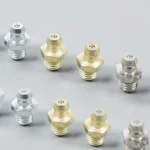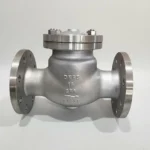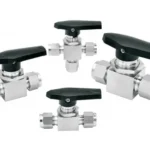Nos setores de petróleo e gás, químico e de energia, o controle de pressão, a regulagem de fluxo e o isolamento do sistema de fluidos são essenciais para garantir a operação segura dos equipamentos. Para os gerentes de compras responsáveis pela aquisição de componentes de precisão em setores como petróleo e gás, petroquímica, geração de energia e automação industrial, é essencial entender como as válvulas de instrumento funcionam. Entretanto, muitos compradores não têm uma compreensão clara de como esses componentes funcionam e das diferenças entre os vários tipos de válvulas.
As válvulas de instrumento são usadas principalmente para regular o fluxo, isolar instrumentos e aliviar a pressão nos sistemas de tubulação. Elas servem como pontos de controle mecânico que permitem que os operadores iniciem, parem ou acelerem o fluxo. Essas válvulas permitem calibração, inspeção e manutenção seguras sem a necessidade de desligar todo o sistema de processo. Devido à sua confiabilidade e precisão, elas são essenciais em ambientes de alta pressão e perigosos.
Ao selecionar ou avaliar válvulas para aquisição, é fundamental entender como funciona o mecanismo interno da válvula e como cada tipo responde em condições operacionais.
O que são válvulas de instrumento e por que usá-las?
As válvulas de instrumento, às vezes chamadas de válvulas de manômetro ou válvulas de isolamento, são usadas para controlar o fluxo para instrumentos de medição de pressão, fluxo ou temperatura. Normalmente, elas são instaladas entre o meio de processo e o instrumento e desempenham as seguintes funções:
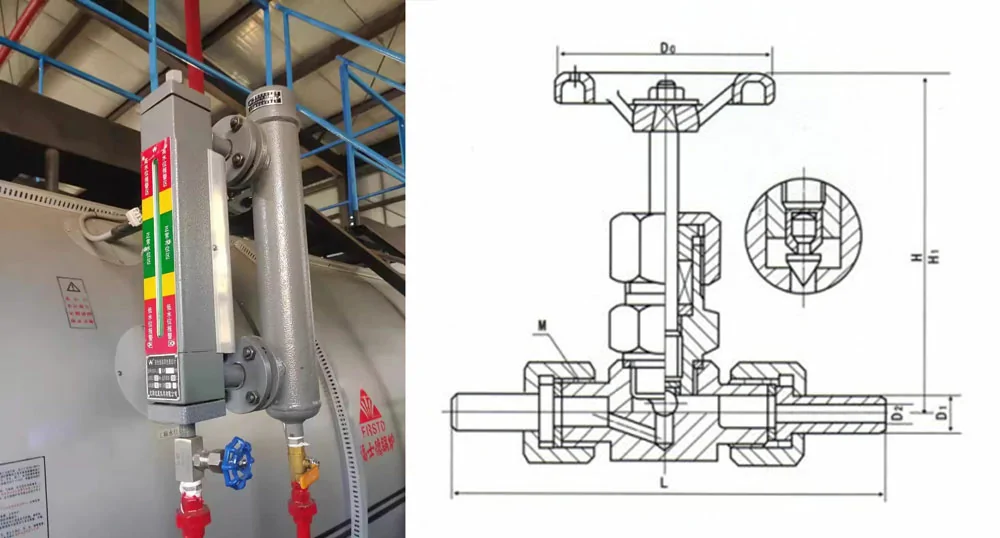
- Isolar o instrumento durante o desligamento ou a manutenção
- Ventile o ar ou o gás do sistema antes da medição
- Controle a taxa de fluxo para instrumentos sensíveis
- Redirecionar o fluxo usando manifolds
As válvulas de instrumento são mais comumente usadas em painéis de controle, skids de distribuição, sistemas de amostragem de gás e abrigos de analisadores.
Como funcionam os mecanismos internos das válvulas de instrumento?
A principal funcionalidade de uma válvula de instrumento está no controle preciso sobre o estado ligado/desligado e a taxa de fluxo de fluidos ou gases. Essa função depende do mecanismo interno da válvula. Embora tipos diferentes de válvulas de instrumento tenham estruturas diferentes, seus mecanismos internos geralmente consistem nos seguintes componentes principais: corpo da válvula, haste (ou disco) da válvula, sede da válvula, elementos de vedação, haste da válvula e manopla de acionamento ou atuador.
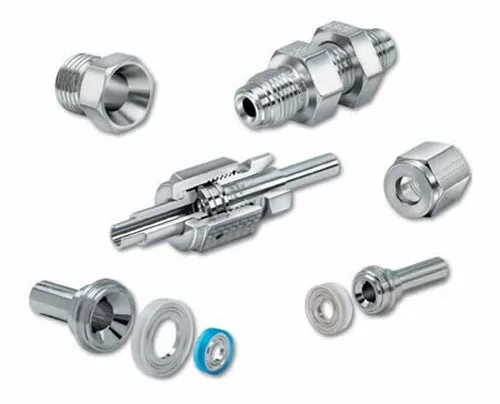
Abaixo estão os princípios de funcionamento de vários tipos comuns de válvulas
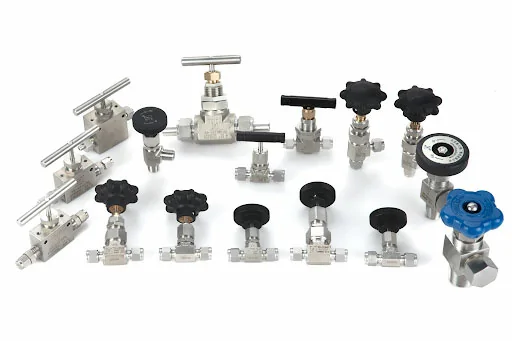
Válvula de agulha
As válvulas de agulha usam uma haste fina e cônica em forma de agulha que se encaixa em uma sede de válvula correspondente. Quando a manopla é girada, a agulha avança para fechar gradualmente o caminho do fluxo. Esse projeto permite o controle preciso do fluxo de fluido, especialmente em sistemas de baixa pressão ou de baixo fluxo.
Válvula de esfera
As válvulas de esfera consistem em uma esfera esférica com um furo central. Quando a manopla é girada 90 graus, o orifício se alinha com o caminho do fluxo, permitindo a passagem do fluido. Girar a manopla novamente fecha o fluxo. Essas válvulas são conhecidas por sua durabilidade e capacidade de fechamento rápido, o que as torna ideais para isolar instrumentos.
Válvula de retenção
As válvulas de retenção são projetadas para fluxo unidirecional. Quando o fluido flui na direção correta, a válvula se abre automaticamente; quando a pressão de refluxo é detectada, a válvula se fecha. Internamente, as válvulas de retenção normalmente usam um disco ou uma esfera com mola - o fluxo para frente empurra o elemento para abrir, enquanto a pressão reversa o fecha.
Válvula de medição
As válvulas de medição são dispositivos de controle de fluxo de precisão que permitem ajustes muito finos. Geralmente, apresentam hastes com roscas finas e são usadas em instrumentos analíticos, sistemas de mistura ou qualquer aplicação que exija controle de fluxo repetível.
Tipos de válvulas de instrumento e seus princípios de funcionamento
Diferentes aplicações exigem diferentes tipos de válvulas. Veja a seguir uma classificação das válvulas de instrumento comumente usadas em ambientes industriais:

- Válvula de agulha: Permite o ajuste preciso do fluxo, adequado para aplicações que exigem controle gradual e preciso.
- Válvula de esfera: Adequada para fechamento rápido; menos precisa, mas altamente durável e amplamente aplicável.
- Válvula de retenção: Impede o refluxo, comumente usada em linhas de serviço de gás ou líquido para proteger instrumentos.
- Válvula de medição: Oferece controle fino de fluxo em aplicações analíticas.
- Válvula de bloqueio e sangria dupla: Permite o isolamento e a ventilação de um único corpo de válvula, reduzindo os possíveis caminhos de vazamento.
- Válvula manifold: Combina várias válvulas em um único bloco de válvulas para uma configuração de controle compacta e eficiente.
Dependendo da aplicação, cada válvula vem com classificações de pressão específicas, tolerâncias de temperatura e opções de material do corpo.
Como as válvulas de instrumento funcionam do ponto de vista físico?
Do ponto de vista da mecânica dos fluidos, as válvulas de instrumento controlam as características do fluxo, como pressão, velocidade e direção, alterando a área da seção transversal da tubulação. Os principais princípios físicos envolvidos incluem:
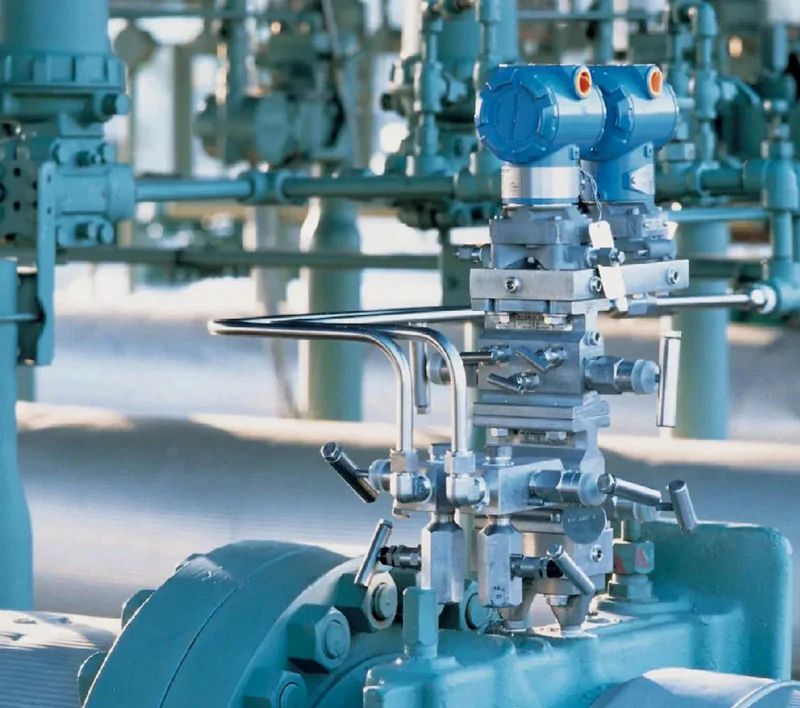
- Princípio de Bernoulli: À medida que a área da seção transversal diminui, a velocidade do fluxo aumenta, fazendo com que a pressão caia na mesma proporção.
- Fluxo laminar e turbulento: os projetos das válvulas visam minimizar a turbulência e promover um fluxo suave para evitar vibração e desgaste.
- Contrapressão e resistência ao fluxo: As válvulas apresentam resistência ao fluxo, e o projeto interno determina a queda de pressão através da válvula.
Compreender essa dinâmica é fundamental ao especificar válvulas para sistemas em que a taxa de fluxo, a estabilidade da pressão e o controle de temperatura são vitais.
Como as válvulas operam em sistemas de alta pressão?
Em sistemas de alta pressão (por exemplo, 6.000 PSI e acima), as válvulas de instrumento devem atender a padrões específicos de engenharia. As considerações incluem:
- Seleção de materiais: Geralmente usa aço inoxidável 316, Alloy 400 ou aço inoxidável duplex para alta pressão e resistência à corrosão.
- Tipos de vedação: Normalmente, requer vedações metal-metal ou PTFE reforçado para evitar vazamentos.
- Testes: As válvulas devem passar por testes hidrostáticos e certificação para atender aos padrões internacionais (API, ISO, PED).
A seleção de válvulas que atendam aos requisitos de pressão do sistema é fundamental para a segurança da fábrica e a confiabilidade do processo.
Na Waltervalves, todas as válvulas de instrumento passam por testes internos em nossas instalações de 3.000 metros quadrados na China. Cada válvula de alta pressão que enviamos é acompanhada de documentação completa para garantir a conformidade e a segurança globais.
Por que a escolha do fabricante certo de válvulas para instrumentos é importante
As decisões de aquisição afetam a eficiência operacional, o planejamento da manutenção e a segurança da fábrica. O fornecimento de um fabricante de válvulas confiável garante:
- Controle de qualidade consistente desde as matérias-primas até os produtos acabados
- Acesso ao estoque para pedidos urgentes
- Opções de personalização para classificações de pressão, roscas ou conexões finais
- Suporte técnico adaptado às necessidades de instalação e aplicação
Com sede na China, Waltervalves atende a clientes no Sudeste Asiático, no Oriente Médio, na Europa e na América do Norte. Somos especializados na fabricação de válvulas de instrumentos de alta precisão, incluindo válvulas de agulha, válvulas de coletor, válvulas de retenção e válvulas de medição. Com preços diretos da fábrica, prazos de entrega rápidos e forte suporte à exportação, somos um parceiro estratégico para grandes compradores.
Resumo
Compreender o funcionamento das válvulas de instrumentos ajuda os gerentes de compras a fazer escolhas informadas que afetam a segurança, o desempenho e o custo do sistema. Seja para uma refinaria, laboratório analítico ou sistema de skid químico, é essencial selecionar a válvula e o fabricante certos. A Waltervalves oferece soluções confiáveis e diretas da fábrica para atender às suas necessidades.

